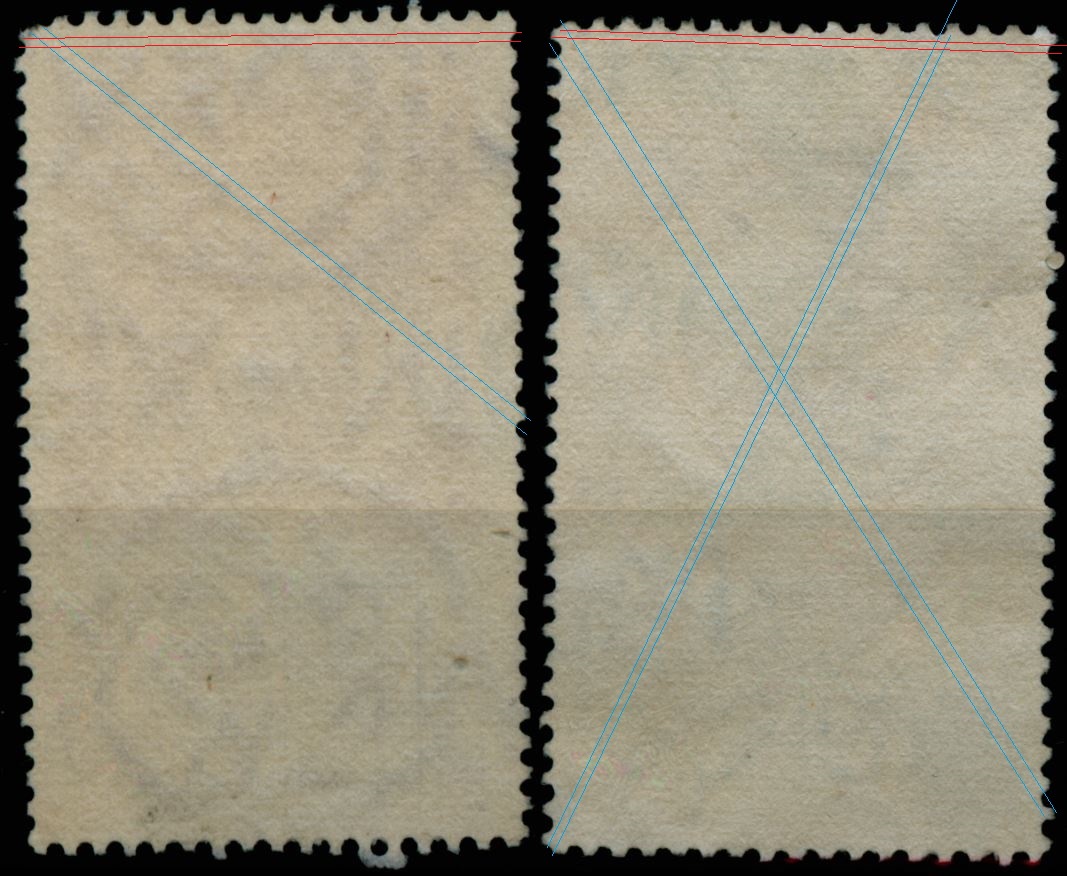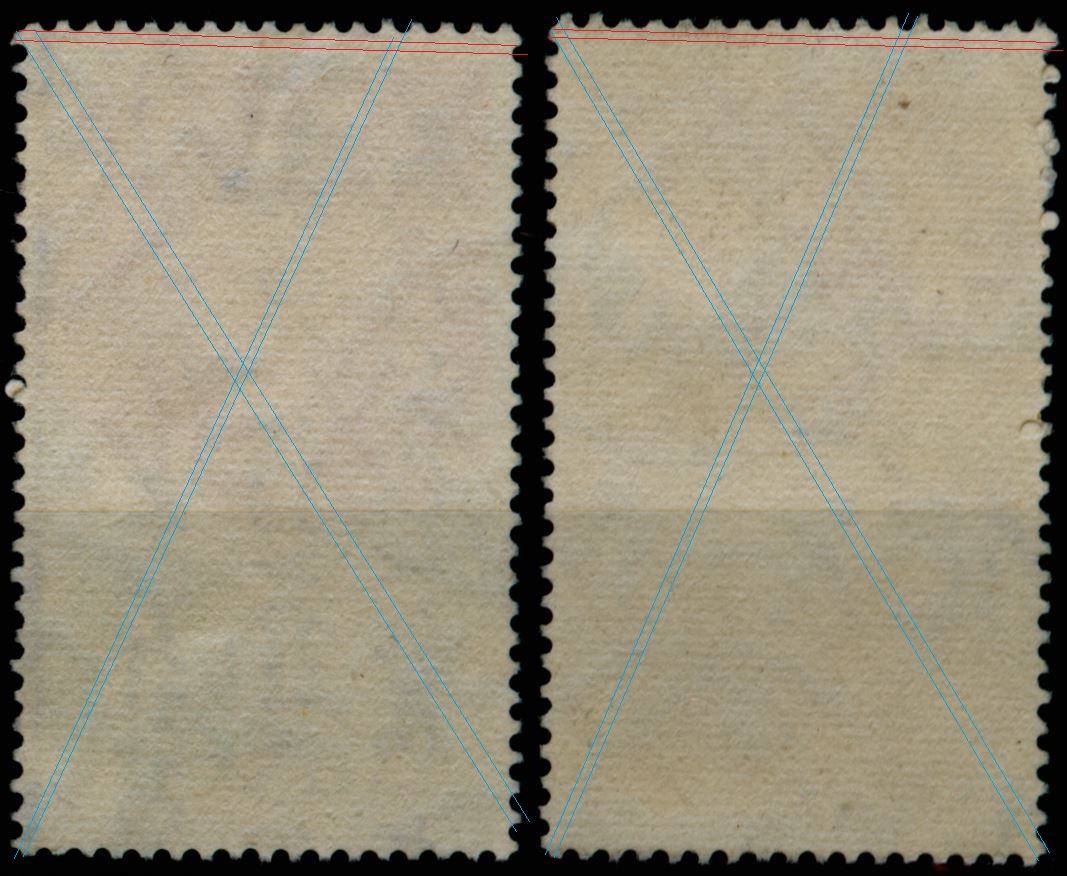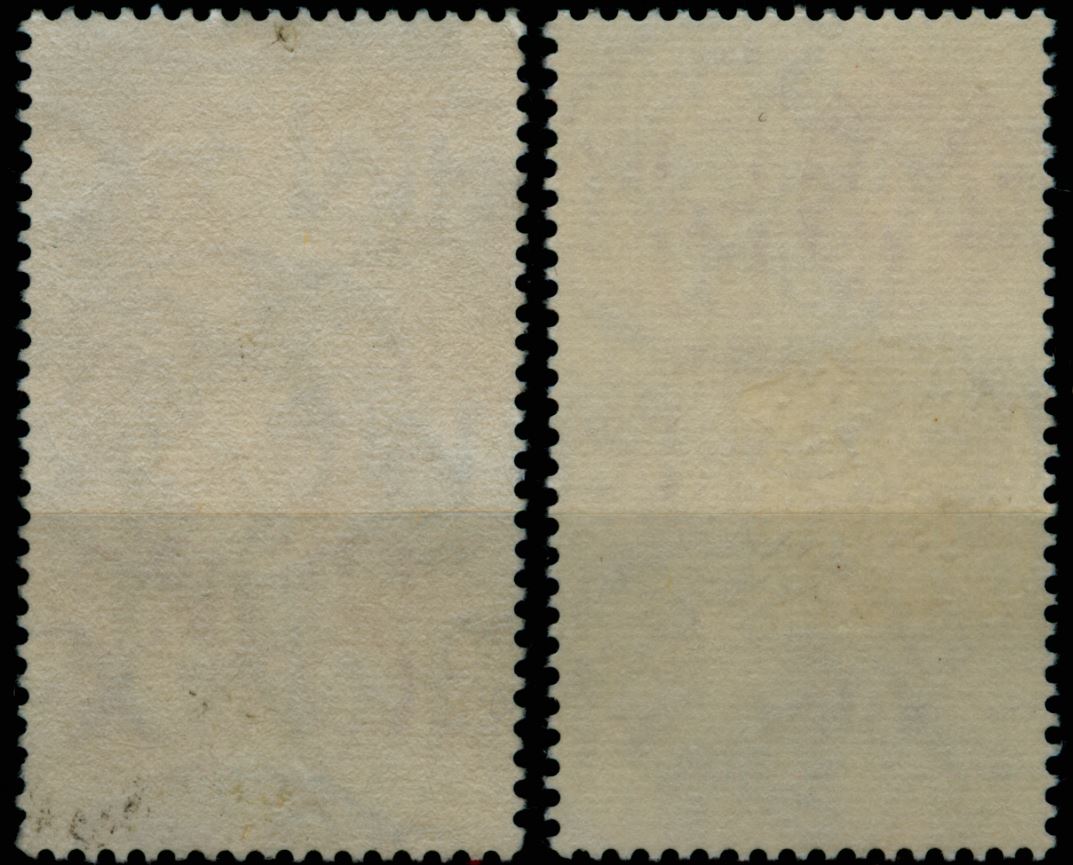
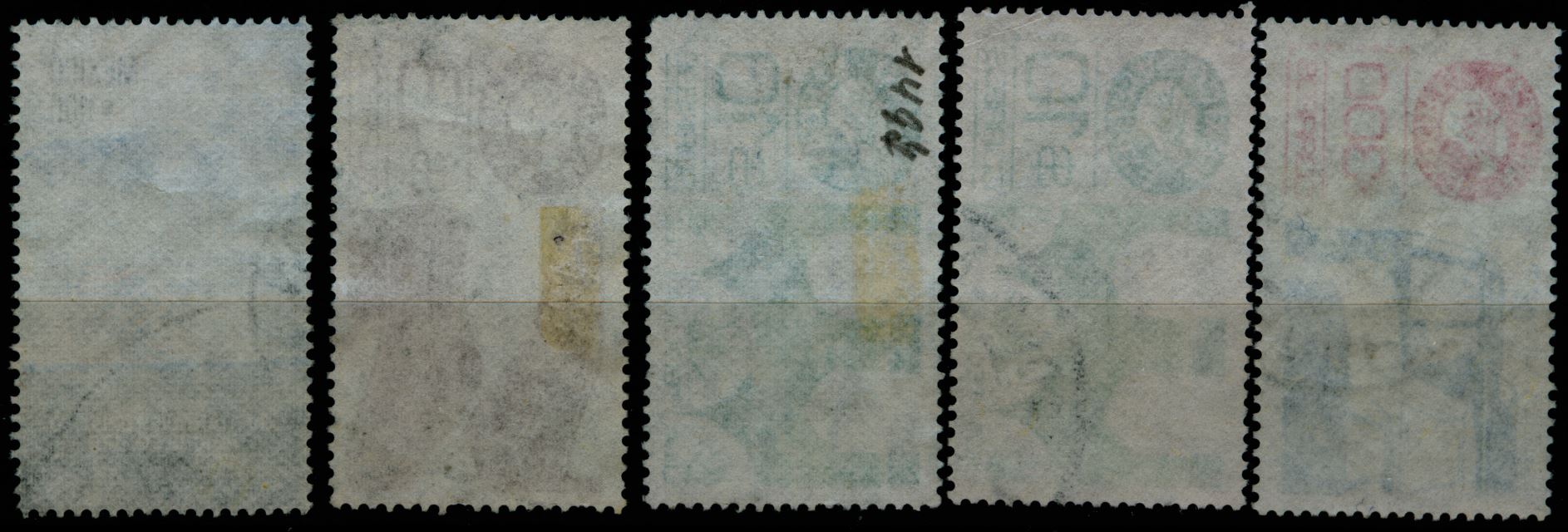
The wire structure is a very typical wire structure for Harrison and Sons, Ltd, since 1972! Denoted by me since the 1970-ies as "IIIa" .
Moderador: Rein





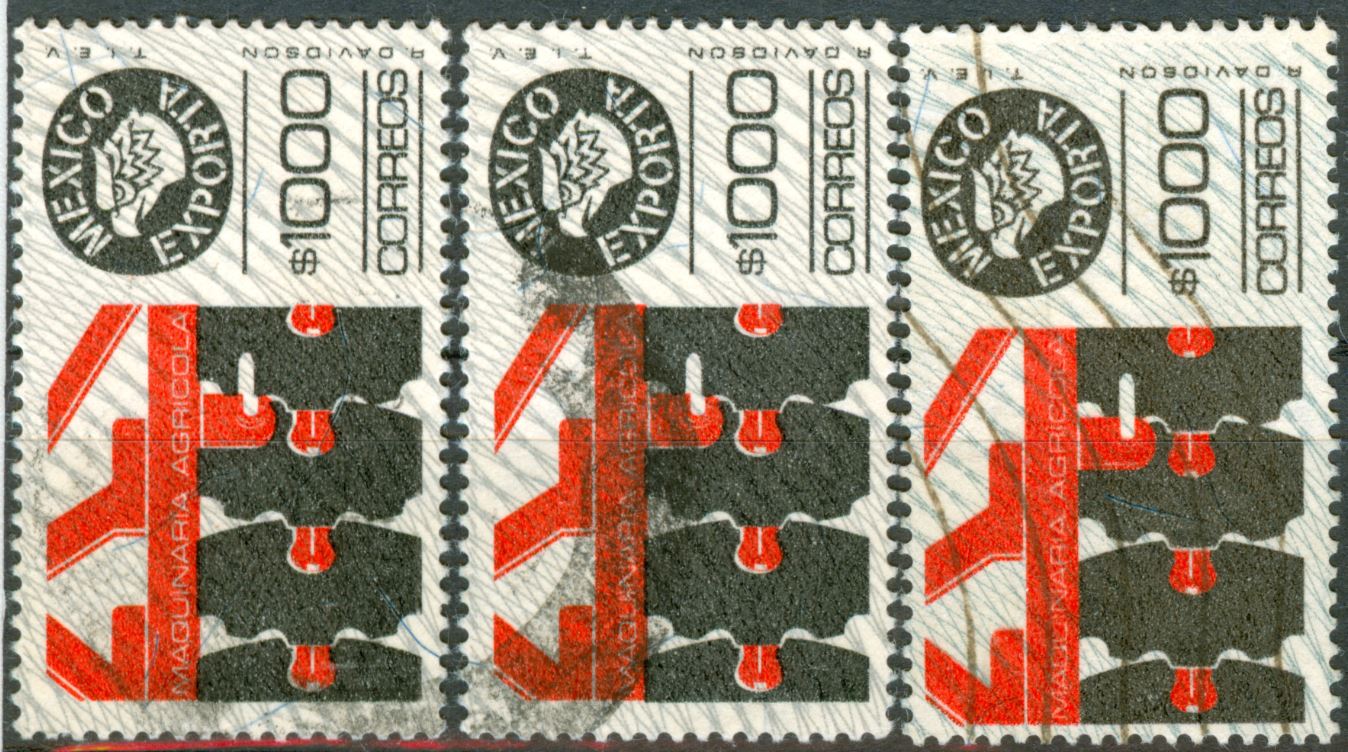
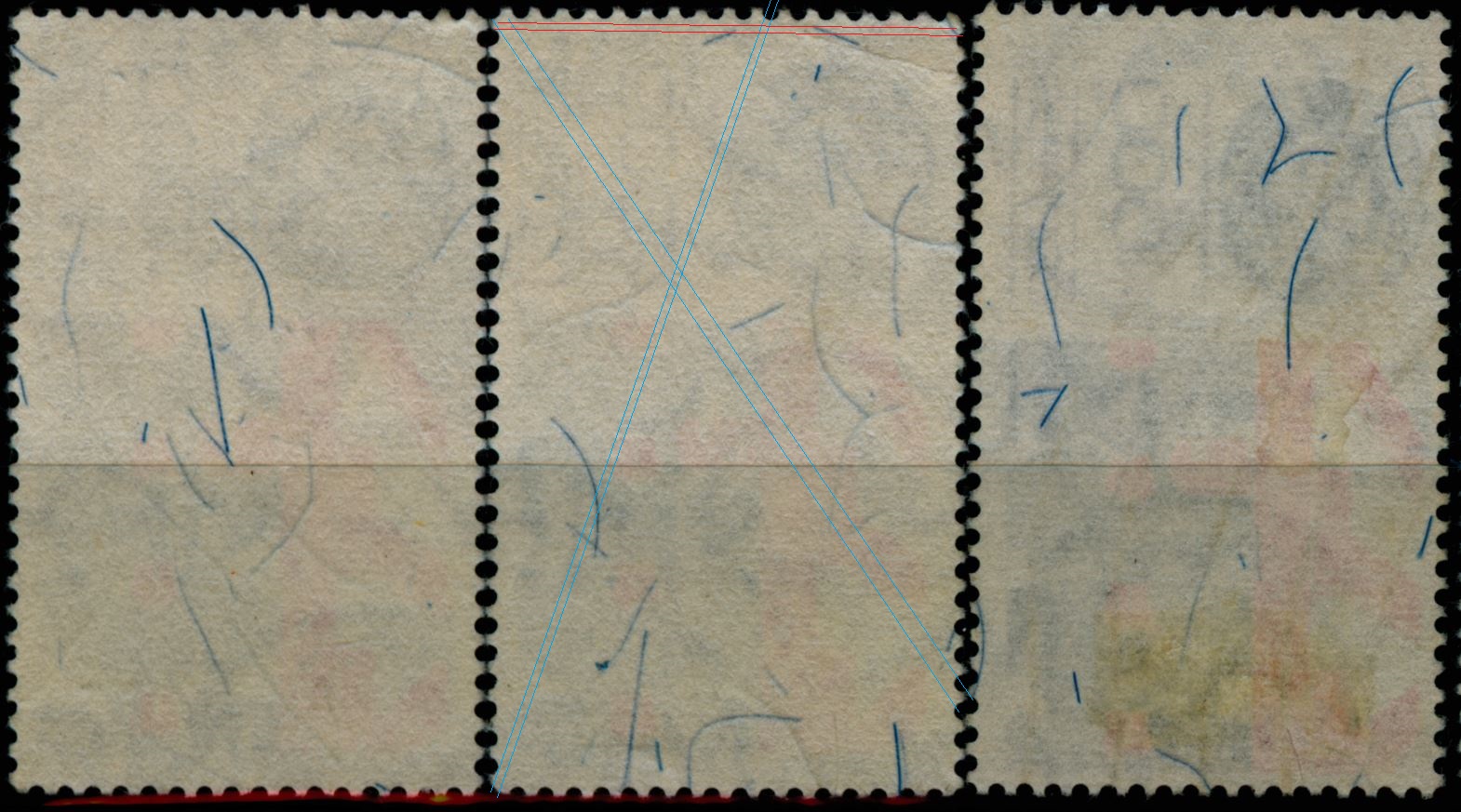

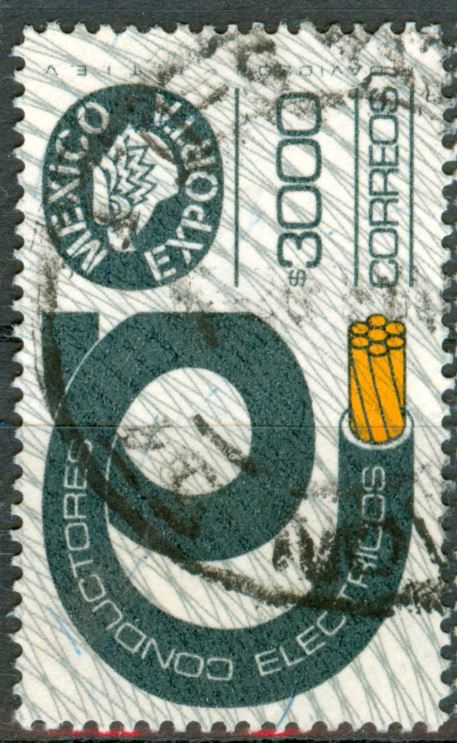
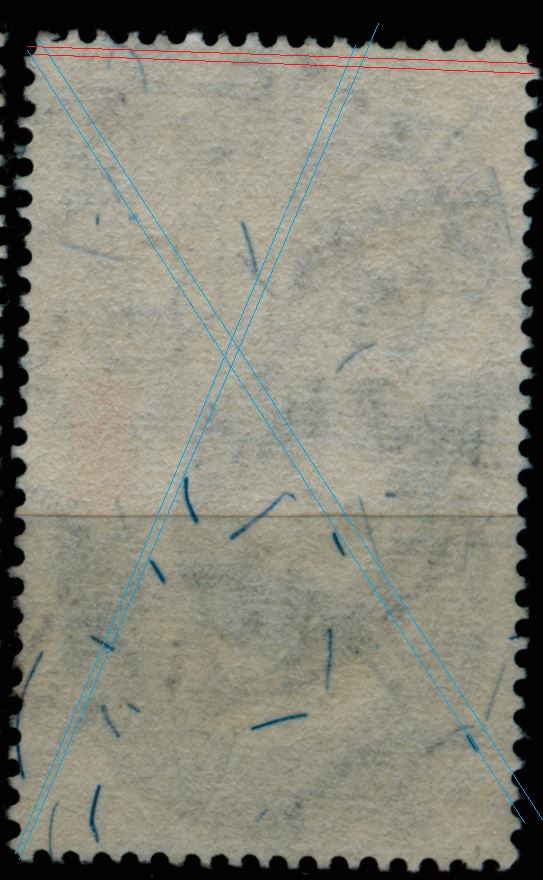

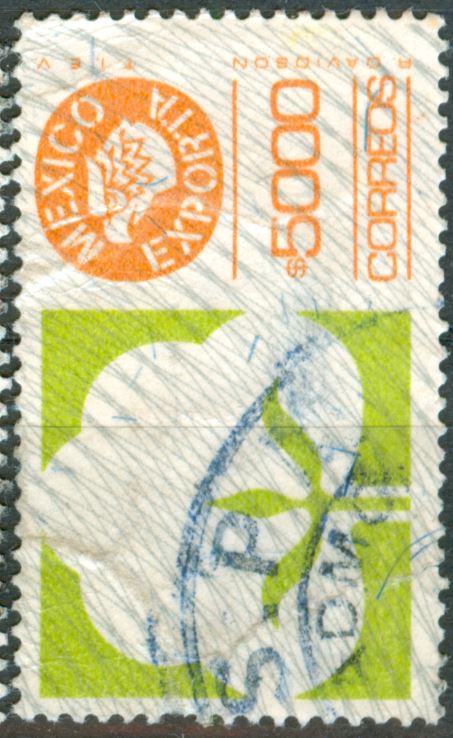
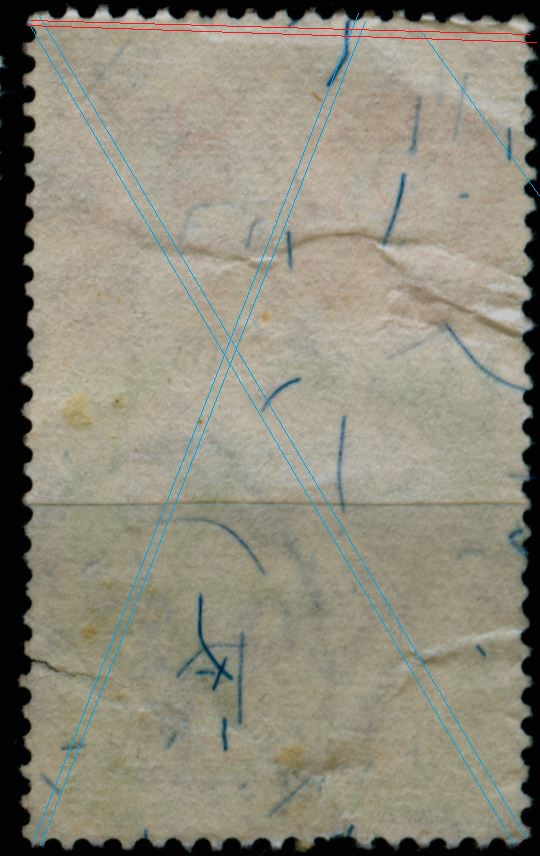

Thanks to filatemusico [José leal] we now know this paper came from Wiggins Teape!Rein escribió:

José,Serie 1- Americano and Samuel Jones But I am not sure if Samuel Jones really was used in this series mainly in Partes Automotrice and Zapatos.
Serie 2.- Samuel Jones, H.L.S.L, Fiscal.
Serie 3.- Woodfree W.T.O.S. 80g/m2
Serie 4.- W.T.O.S.L (H2-56 B-P.V.A) 97g/m2
Serie 5 y 6.- Bond blanco Ingles P.V.A. 85g/m2
Serie 7.- Papel Gravure P.V.A. 97g/m2
De las otras series no tengo ningún dato.
Rein, can you tell us something about these paper mills? please.


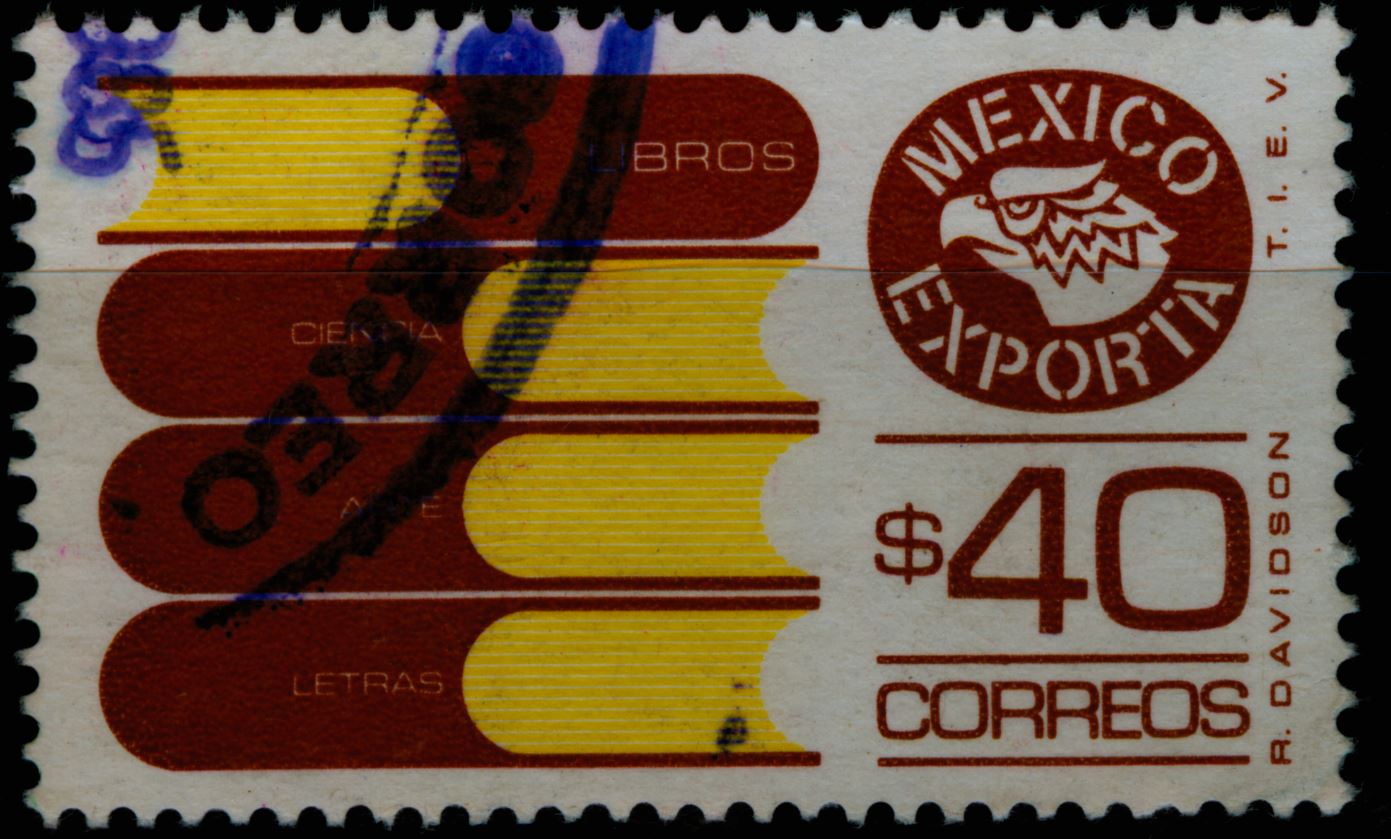

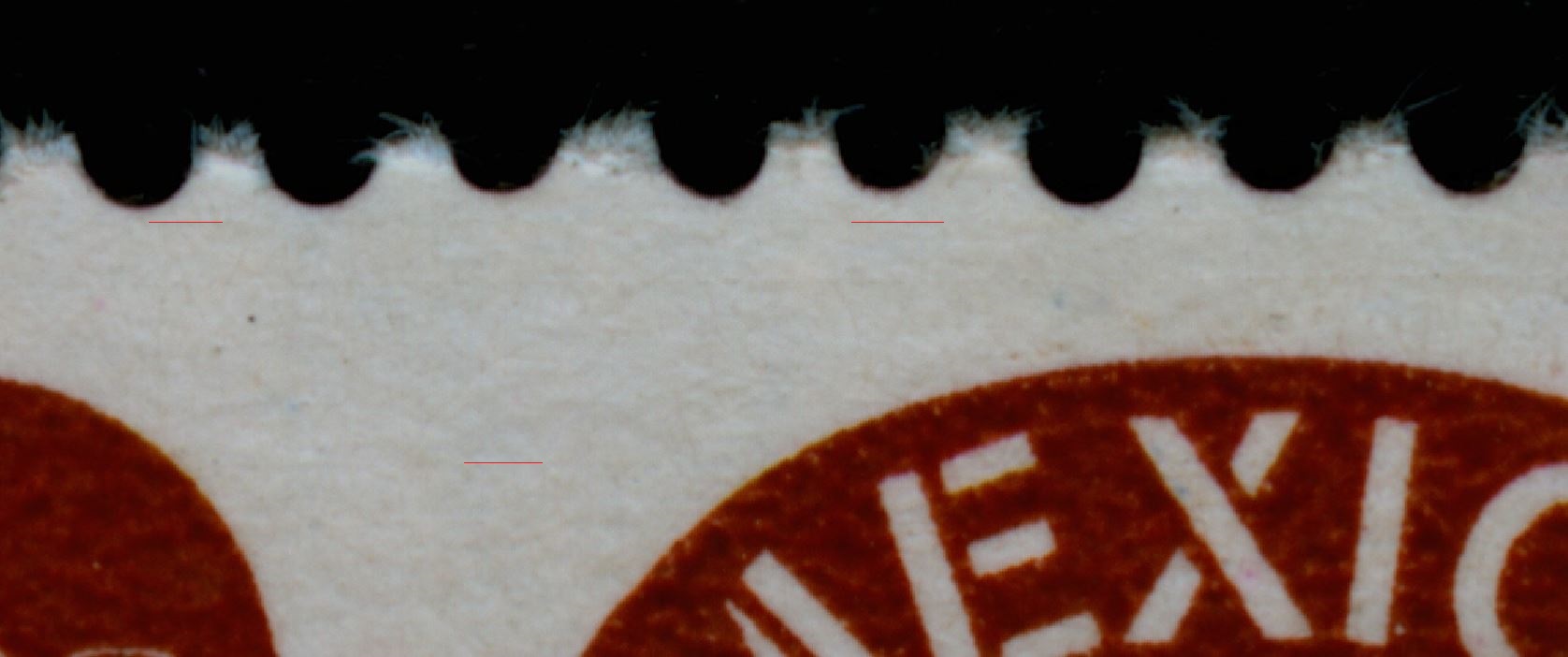


It is obvious that my provocation evoked some irritation. I hope to show with my scans that I was right.....Bien Rein.- Es un gusto encontrar que defiendes un punto de vista sin comprenderlo, el: ¡Papel acanalado vertical angosto "SI existe", en la 2° Emisión solamente!
Muchos sellos he revisado de esta serie y aunque fui el pionero en este clasificación, todos los filatelistas que se han adentrado en este tema están de acuerdo de que existe el papel acanalado en la 2° Emisión, y efectivamente existe desde 1963 en la serie A y Arquitectura sobre todo en los sellos ordinarios,
¡Pero! La cuestión es por ahora en los sellos de exporta de la 2° Emisión con marca de agua
Ahora lo que infieres del papel, ¡No! Se da en ninguna otra emisión de la Exporta, así que estas parcialmente desviado en tus observaciones, que con gusto y un poco de paciencia de ambas partes, puedo explicarte las diferencias en este papel, que es difícil de fotografiar, pero trataré con una nueva técnica de fotografiarlo para ayudarte a que te des cuenta de esta clasificación.
Ahora si entendí bien en lo que dices, DEL PAPEL GRANULADO, si se encuentra en la 4° Emisión como en la 9° Emisión principalmente, regresando a la 2° Emisión el papel más escaso es el papel liso en fosforescencia Blanca por el anverso, hay piezas o valores faciales sumamente escasos para detectarlos, tal vez sea el motivo de que NO LOS CONOSCAS, por tal no puedes diferenciar correctamente este papel, pero con gusto te puedo enviar algunos del 80c de regalo solo para que los detectes y comprendas bien esta serie de la México Exporta.
Por otro lado la foto que expones, no es de exporta y no es papel acanalado, es un papel con grano en rombo, que no es de la Serie de México Exporta, más parece un sello conmemorativo de los 40 sin ser exacto.
Saludos y si alguien se lo traduce sería bueno, yo por ahora ando de prisa.

"En realidad bajo la luz de observar los sellos, podemos dilucidar 4 papeles diferentes, por su características:
Papel Acanalado Vertical.
Papel Liso
Papel Estrella
Papel Acanalado Translucido en fondo negro"


